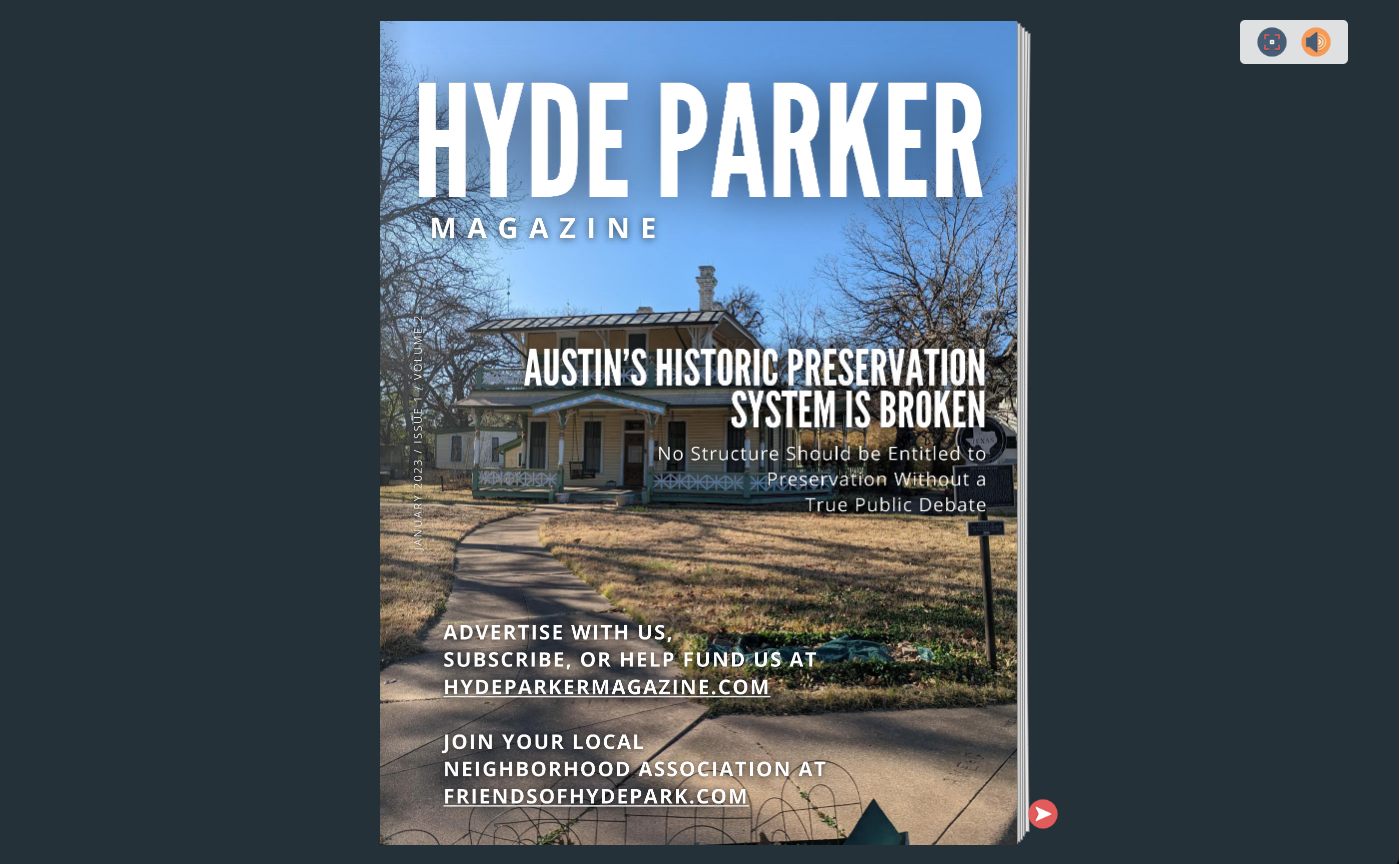Opinion: Why are we paying astronomical taxes on land we own in Hyde Park?
High taxes are a burden on Hyde Park land owners, but eventually the burden trickles down and is also paid by tenants. Everybody knows that property taxes are too high. In the case of Hyde Park, the tax burden is unfairly high for owners of contributing structures.
According to Ordinance No. 20101216-093, a contributing structure is, generally, a structure that contributes to the historic character of Hyde Park, is at least 50 years old, and was built between 1892 and 1960.
Nearly all the Hyde Park bungalows built in the 1920's have been designated contributing structures by the City. I believe taxes on these structures are too high, because appraisals of them are too high, compared to what can be done with them.
One reason appraisals are too high on contributing structures is that TCAD— Travis Central Appraisal District, the agency that appraises our properties every year—separates the value of the land from the value of the house (or other structure) on the land.
Everyone sees this on their tax bill every year. The appraised value of a house in Hyde Park is separated from the appraised value of the land on which the house is placed.
Last year our small lots were appraised at well over $500,000 each. Why is that? Because other land in the city is quickly going up in price. Why? Because land in Austin is attractive to investors and developers.
We don’t need to debate whether we want more development. The reality is that developers large and small will pay a premium for land on which they can tear down the existing structure and replace it with what they consider a more valuable one—say, multi-unit housing.
This results in unfairly high taxes for Hyde Park owners who own contributing structures because those houses cannot be torn down. At a minimum, they cannot be torn down without the permission of the Historic Landmark Commission, whose job, among other things, is to protect historic structures. Thus, the Commission rarely, if ever, grants permission for demolitions if the land has a contributing structure on it. All of this is supported by ordinances.
Because TCAD appraises the land and the house separately, the value of contributing structures for tax purposes is inflated. More precisely, the land is appraised as though a structure on it could be torn down when, in reality, the land cannot be used as though a structure on it could be torn down. Under the ordinances, a structure on the land cannot be torn down, by law.
The land of contributing structures, it seems to me, should be appraised in accordance with how that land can actually be used—that is, it can be used as land that has a permanent structure on it. It should not be appraised as though it could be used as cleared property, with no structure, because the property in fact cannot be put into that condition.
I have tried to bring this to TCAD’s attention over the years, without success. Finally, I brought a lawsuit, which is still in progress today.
If you would like me to email a copy of the Ordinance to you, or a list of contributing structures in Hyde Park, or if you are interested in the issue, don’t hesitate to contact me.
Mary Lou Serafine
Avenue D
serafine@mlserafine
512-220-5452
If you liked the article and want to help, please consider advertising with us by clicking “Advertise” or making a small one time or monthly contribution by clicking “Help Fund Us!” Advertising or any contribution amount, either one time or monthly, is vital for us to continue our independent journalism and advocacy.


